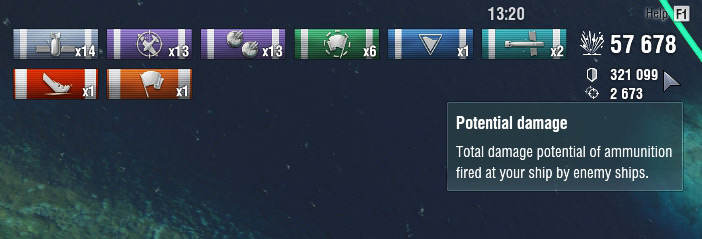

The outnumbered regulars fell back from the bridge and rejoined the main body of British forces in Concord. At the North Bridge in Concord, approximately 400 militiamen engaged 100 regulars from three companies of the King's troops at about 11:00 am, resulting in casualties on both sides. The militia was outnumbered and fell back, and the regulars proceeded on to Concord, where they broke apart into companies to search for the supplies. Eight militiamen were killed, including Ensign Robert Munroe, their third in command. The first shots were fired just as the sun was rising at Lexington.

The initial mode of the Army's arrival by water was signaled from the Old North Church in Boston to Charlestown using lanterns to communicate "one if by land, two if by sea". On the night before the battle, warning of the British expedition had been rapidly sent from Boston to militias in the area by several riders, including Paul Revere and Samuel Prescott, with information about British plans. Through effective intelligence gathering, Patriot leaders had received word weeks before the expedition that their supplies might be at risk and had moved most of them to other locations. In response, the British government in February 1775 declared Massachusetts to be in a state of rebellion.Ībout 700 British Army regulars in Boston, under Lieutenant Colonel Francis Smith, were given secret orders to capture and destroy Colonial military supplies reportedly stored by the Massachusetts militia at Concord.

The Colonial government effectively controlled the colony outside of British-controlled Boston. The colonial assembly responded by forming a Patriot provisional government known as the Massachusetts Provincial Congress and calling for local militias to train for possible hostilities. In late 1774, Colonial leaders adopted the Suffolk Resolves in resistance to the alterations made to the Massachusetts colonial government by the British parliament following the Boston Tea Party. They marked the outbreak of armed conflict between the Kingdom of Great Britain and Patriot militias from America's thirteen colonies. The battles were fought on April 19, 1775, in Middlesex County, Province of Massachusetts Bay, within the towns of Lexington, Concord, Lincoln, Menotomy (present-day Arlington), and Cambridge. The Battles of Lexington and Concord were some of the leading military engagements of the American Revolutionary War.


 0 kommentar(er)
0 kommentar(er)
